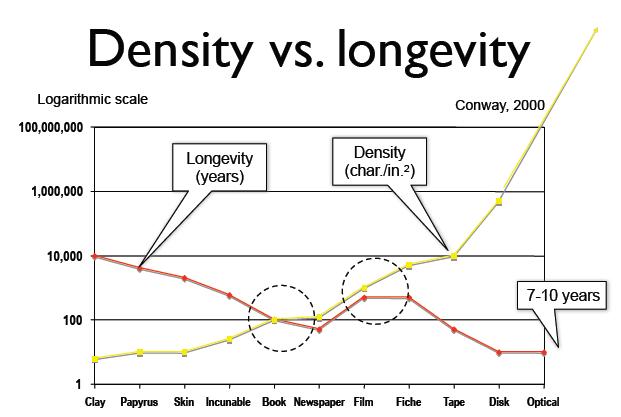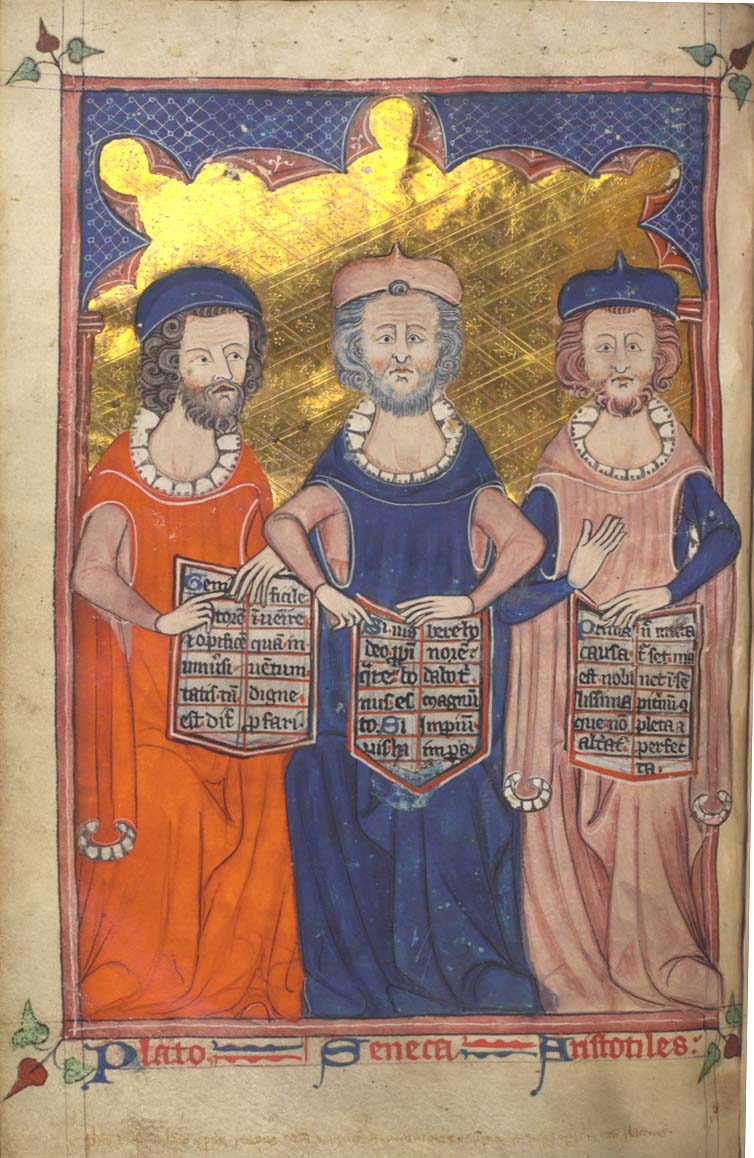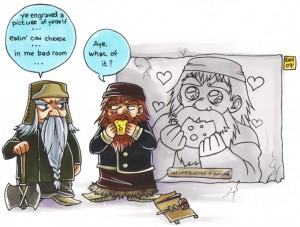This week’s content, and especially the lecture, made me think of the relationship between tradition and technology. Another professor, whose class I am taking on preservation seems to posit the idea that technology will eventually obliterate tradition, i.e. writing replaced oral practice. I think Doctor Main’s ideas on this topic are more ambiguous – she reminds us of a strong oral tradition in several cultures, to say nothing of her own, that have flourished to outlast mere technological shifts. All of this reminds me of my studies of Herodotus, a figure who came into his own during the apex of Athenian cultural flourishing and the production of letters. Herodotus wrote down his histories using a new technology but nonetheless simply referred to them as tools to jog his memory in the working of the old oral tradition. Verily the histories of Herodotus were not read by anyone (besides the contemporary reader) but rather heard as oral lectures. Herodotus made his living by traveling from place to place giving lively lectures on his materials, in the epic tradition of Homer and Hesiod. In this case tradition and technology combine and do not obliterate one another. If anyone is interested in this topic – here’s a link to a paper I wrote about Herodotus in my ultimate semester as an undergraduate: http://www.krauselabs.net/?page_id=331
My next point is a meditation on the virtues of technology versus tradition. Are computers and writing clearly superior to the oral methods of our ancestors? I’m not so sure, as history shows us that oral societies had a greater deal of stability and fidelity as far as information retrieval are concerned. In pre-literate cultures a story was known by everyone in a society, and fidelity was checked by the memories of others. Myths and stories were considered important aspects of life, and so people carefully memorized what was being said. In this fashion if an error was recited it was quickly corrected by the collective memory of others. This cannot be said of modern times, in which what is known is a muddle, and modern day sophists (calling themselves “pundits”) spin lies around truths. The fidelity of knowledge is momentary and the whole idea of information retrieval is often based upon accident.
The memory-correction notion, if I may call it that, seems to me to have been reincarnated in such works as A People’s History of the United States, amongst others. Howard Zinn, who recently passed away (may he rest in peace), attempted to introduce the collective memory of people in order to reapply history. Although put to paper by one man, it is a consideration of the vast cultural heritage which has until recently been marginalized by “official” channels. All of this straddles fundamental philosophical questions including what is true and what is the way in which to report to others what is true.
A notable library science author once said, and I paraphrase, that in our current day and age it is possible for important records to become “lost in abundance.” This implies that as the whole sum of human knowledge, to mime Jimmy Wales, is digitized, the minutia and tedious everyday archives begin to drown out the otherwise noteworthy records which were re-recorded for generations due to their importance. These latter works are important, culturally, legally, economically, but are lost in an ocean of increasingly irrelevant records. What pains our ancestors took by hand copying ancient manuscripts of hundreds of leaves across generations to engender that information to us only to have it fall on obscurity because such stuff fails to break into the “trending topics” of Twitter. This topic came to mind upon reading Blossom and remains fresh at my attention even after musing through the other readings, which while informative, do not speak to the implications of endemic digital preservation.
On the topic of digitizing books a la Coyle. It’s great that we are slowly digitizing all books, but we must recall the harsh facts (summarized by Conway 2000) before throwing caution to the wind:

We must realize that digital data’s longevity is extremely unreliable, hard-drives die within a decade, and files themselves will degrade and become corrupt. Accordingly, if everything is to be digitized, we must consider the economy of constantly replacing devices which are created using plastics and other rare materials. Fail to replace such hardware, and the information contained upon them will be lost forever as hard copies are consumed by inherent vice and the slow corrosion of time. In order for this digital shift to be truly ethical, we must ensure that national data centers be established on the principles of redundant preservation: online, offline and offsite. Simply throwing a file onto a storage hard-drive is not enough, considering what is at stake. Mechanical failure means the obliteration of information, and without substantial effort given to making such information redundant, knowledge may be lost forever.
It also makes one think of the dangers of nuclear wars and/or catastrophic environmental phenomena which would have little effect on hard copies but devastating effects on digital collections. Indeed, the greatest destruction caused by a nuclear attack may not lie in the fallout or explosive effect, but rather the powerful electromagnetic pulse created by it:

Such a phenomenon, nuclear or natural, might mean the end of all knowledge as we know it in a completely digital world. In the end it may be wiser to continue to print hard copies while offering digital resources as options for access.

